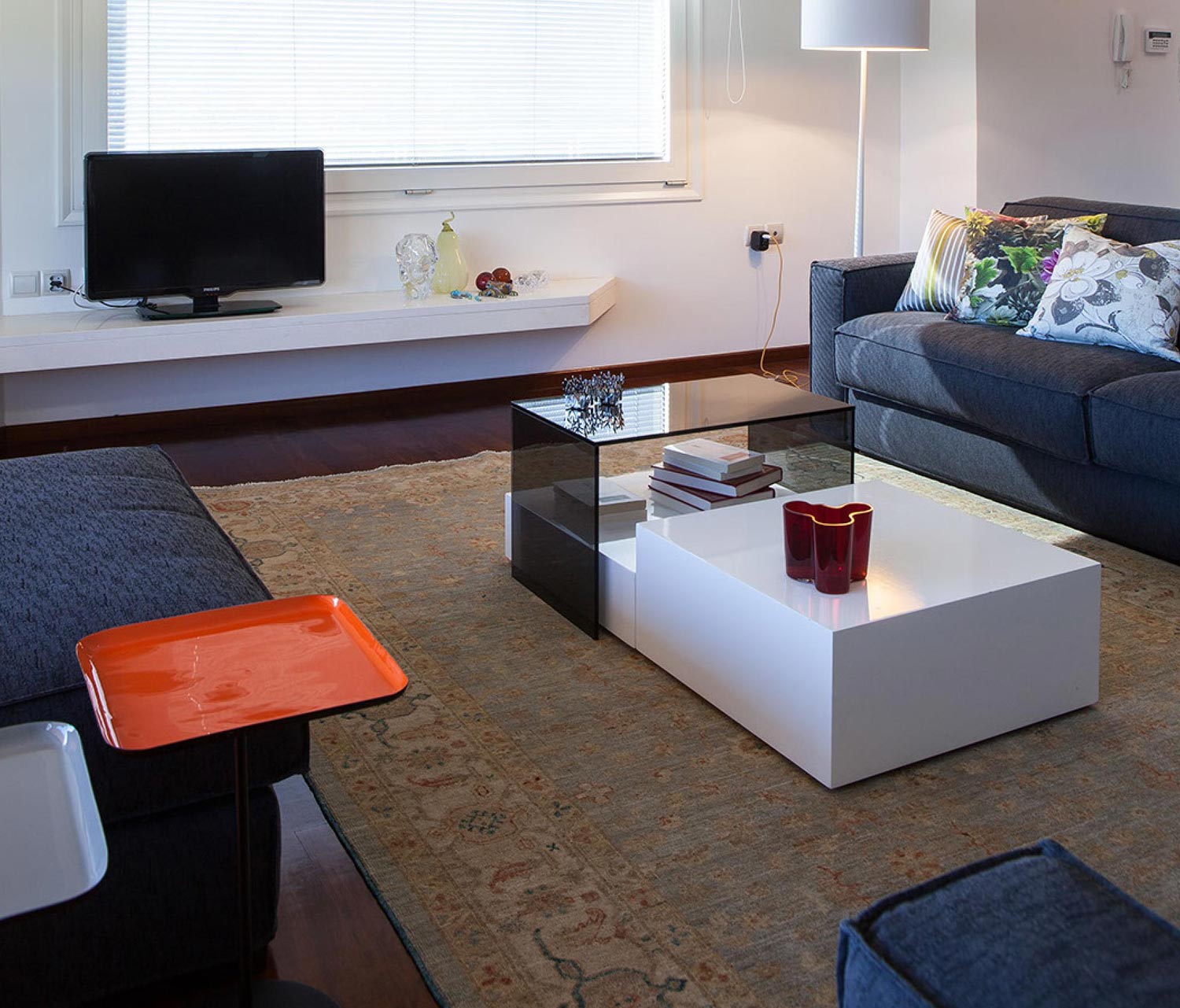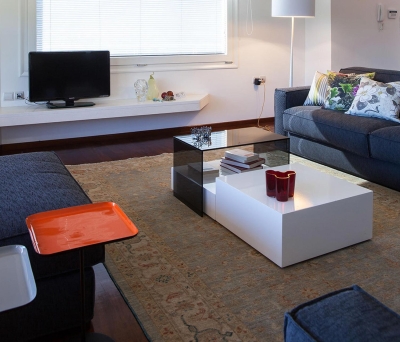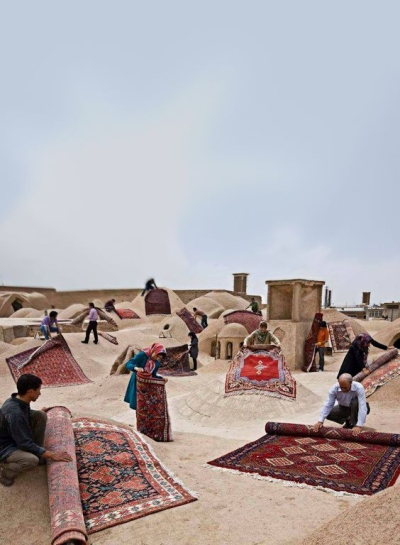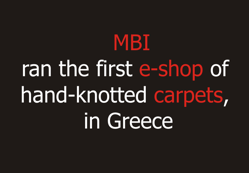The amazing story of Ziegler Carpets
The amazing story of the cosmopolitan Ziegler carpet
Designed in England by a Swiss immigrant. Made in Persia and now revived by Afghan carpet weavers in Pakistan and Afghanistan.
It was the 19th century when a Swiss named Ziegler migrated to England in the Manchester area to create a factory of printed woolen and cotton fabrics. At that time ,Iran was practically a protectorate of England.
The company Ziegler & Co exports its production to the Middle East and opened branches in Tabriz, then to Teheran, Soultanabad, Yazd and Isfahan. The work is going well, but the trade is done in riyals a difficult non-convertible currency, in order to extract money Ziegler must be marketed through various products from Caucasus and Russia but this eventually eat all the profit.
Love with East
after the Great Exhibition in London in 1862, and the World's Fair in Vienna in 1873 and Paris in 1878 the aristocracy asking for carpets to decorate the large houses, many stores like Liberty trying to sell Persian rugs but they usually do not match nor the style and the colors nor the sizes.
Oskar Strauss, a German partner of the company convinces Ziegler to the adventure of manufacturing carpets in Iran. '' Let's import carpets, but not whatever carpets, but what the market demands. These are not valaible so let's weave our own.''
Ziegler installed in Soultanabadin a city where is allready a structure and production of carpets.
Organized production
Ziegler wants his production to meet demand in terms of size, colors, designs, quality and of course the correct values.
In Ziegler & Company one can make special order the desired carpet. Amazing when you consider the level of telecommunications and transport of that time as opposed to the current standard.
So is buying a plot fencing with high walls and slowly transforms into a fortress-Ziegler, inside there are offices, warehouses, but especially the chemistry of color working feverishly for a correct color stability. The looms are in people's homes in several villages.
Ziegler employs up to 2,500 craftsmen and craftswomen.
Soultanabad (today Arak) is a relatively new city with about 10,000 residents replacing Mouskampant-a den of thieves-which was completely destroyed by the Shah. In order to safeguard the valuable production, carpet looms shared within 100 km. Among the various villages of the area, Mahal and Sarough are those that stand in fame and prosperity.
The end of a story
Thanks to exports to the U.S., the company withstand the difficulties of the first World War, but subsequent changes can not follow them: because of the fall of the Iranian currency, the warehouses of record huge losses, the state confirms the independence and deny the British their advantages and only controls the exchange rates. Finally the great global financial crisis is forcing the company in 1937 to stop its activities.
The normal story would end here, but the Ziegler rugs regenerated from the ashes.
In a country where the Ziegler sold the last of rugs-USA-, creating a new demand. The British and the Persian Empire, although no longer exist but the Afghans have ensured the existence of carpets.
The secret of success of these carpets were not the origin but the colors, designs and their style. Refugees from Afghanistan managed to revive this combination and success was not long in coming: after America and England, across Europe like most carpets are.
Unfortunately lately they are many ziegler made solely driven by ability to sell at the lowest price.
Our Ziegler-Ferahan it excellent worked quality rugs with excellent wool with great strength.
The Ziegler-Ferahan are knotted by skilled Afghan Turkmen weavers and robust with high knot density. Simply Ziegler usually involved with a simpler way eg the rear side and two loops are shown as two knots is only one knot ,they are thicker with less wool and work and therefore inferior.
The best ziegler is woven from twisted ghazni wool (handspun) dyed with natural dyes.























